Are you captivated by medieval and Renaissance art? Here are the best museums to visit in Austria:

Golden Roof
InnsbruckThe Goldenes Dachl, or Golden Roof, is a landmark structure situated in the Old Town area of Innsbruck, Austria. This iconic symbol of the city was completed in 1500 and is adorned with 2,657 fire-gilded copper tiles. The roof was commissioned by Emperor Maximilian I to celebrate his wedding to Bianca Maria Sforza. The balcony of the Golden Roof was used by the Emperor and his wife to observe various events and festivals taking place in the square below.
DomQuartier Salzburg
SalzburgThe DomQuartier Salzburg, established in 2014, is a museum complex located in the city of Salzburg. It offers a unique blend of architectural structures and a display of both secular and sacred art collections centered around the Salzburg Cathedral and the Cathedral Square. The establishment of the DomQuartier has made several previously inaccessible areas open to the public.- Online discount!
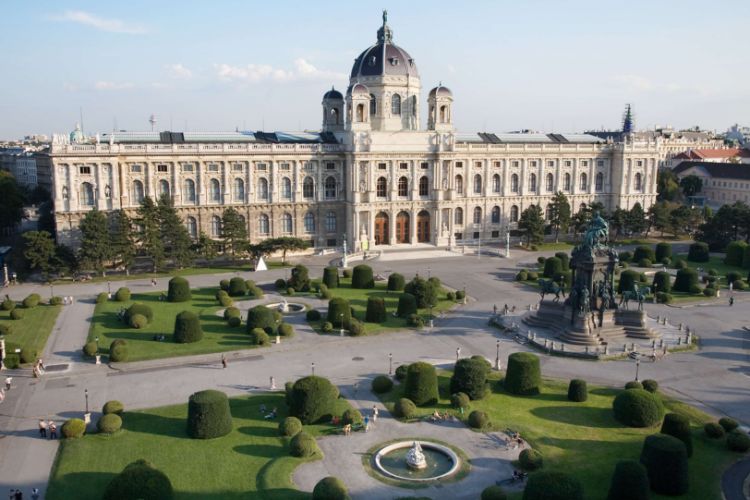
Kunsthistorisches Museum Vienna
ViennaThe Kunsthistorisches Museum Vienna is one of the world’s foremost museums. Experience the rich collections of the Habsburgs, a dynasty that ruled in Austria for more than 600 years, for most of that time as Emperors of the Holy Roman Empire. It boasts exhibits spanning five millennia, from Ancient 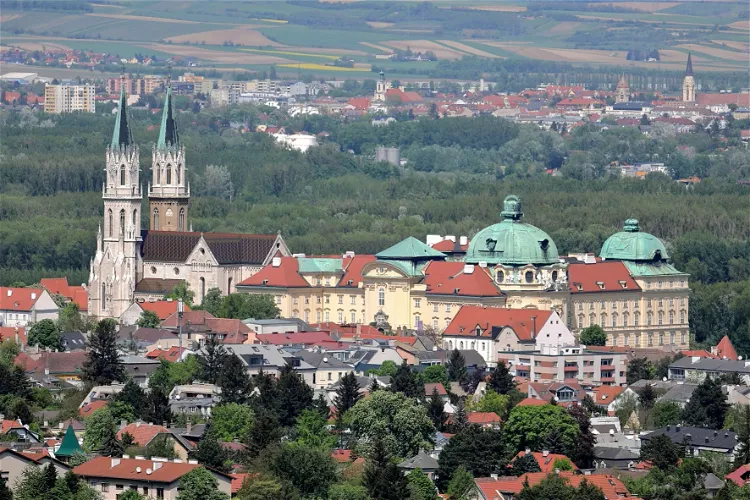
Klosterneuburg Monastery
KlosterneuburgThe Klosterneuburg Monastery, located northwest of Vienna in the town of Klosterneuburg, belongs to the congregation of the Austrian Augustinian Canons Regular. The complex has a rich history, dating back to its foundation by the Austrian Margrave Leopold III and his wife Agnes of Waiblingen in the early 12th century.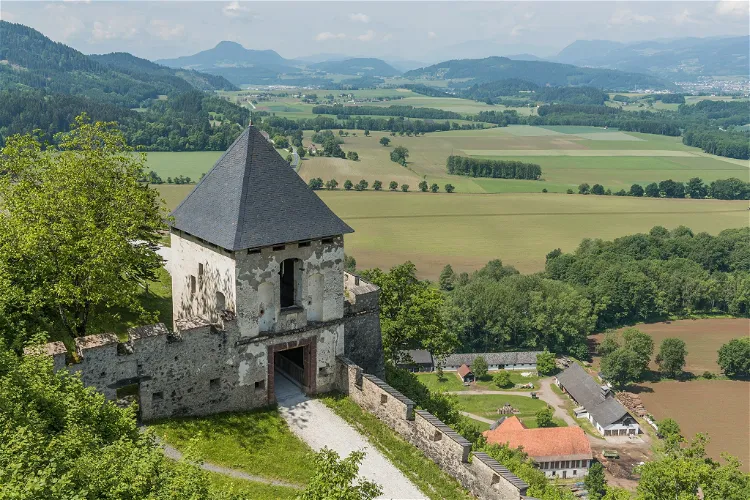
Hochosterwitz Castle
LaunsdorfHochosterwitz Castle, known as Burg Hochosterwitz in German, is a significant medieval castle in Austria. It is situated near Sankt Georgen am Längsee, in the district of Sankt Veit an der Glan, in Carinthia. The castle's strategic location and historical significance make it a fascinating destination for tourists interested in history and architecture.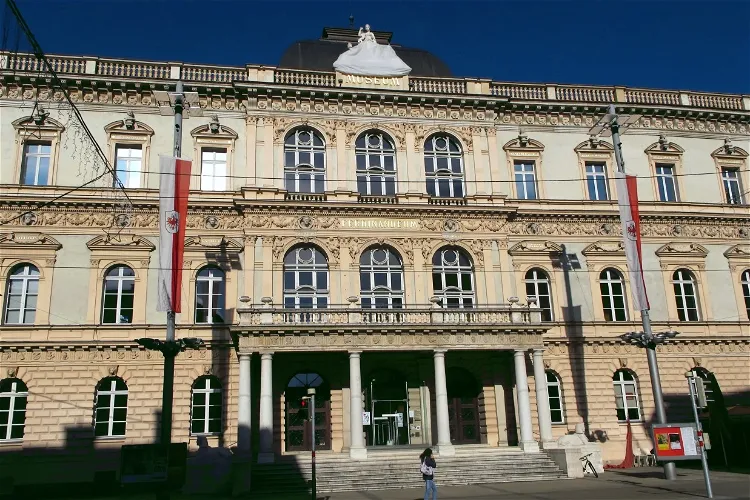
Tyrolean State Museum
InnsbruckThe Tyrolean State Museum, also known as the Ferdinandeum, is located in the city of Innsbruck. The museum is named after Ferdinand II of Austria, who was a Duke of Austria and Count of Tyrol. The museum was first opened to the public in 1823, making it a significant historical institution in the region.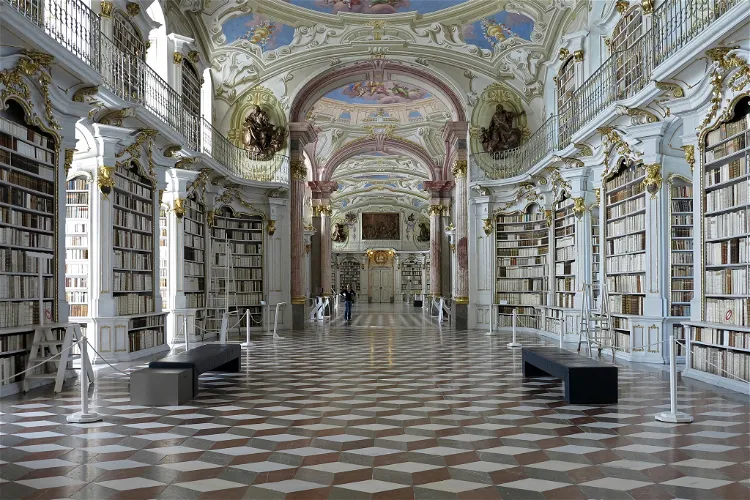
Admont Abbey Library
AdmontThe Admont Abbey Library, completed in 1776, is a baroque monastic library tract located in Admont, Upper Styria. This architectural marvel has been referred to as the eighth wonder of the world in the past, showcasing the grandeur and historical significance of the place.- Online discount!
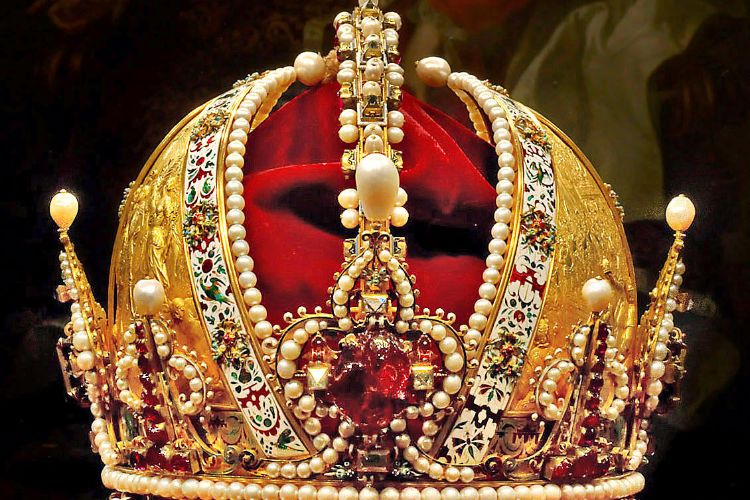
Imperial Treasury Vienna
ViennaAwaiting you at the Imperial Treasury Vienna in the Hofburg Palace is the Austrian Imperial Crown and the insignia of the Holy Roman Empire with the Imperial Crown and the Holy Lance. Other highlights include the treasure of the Order of the Golden Fleece and parts of the immensely opulent treasure 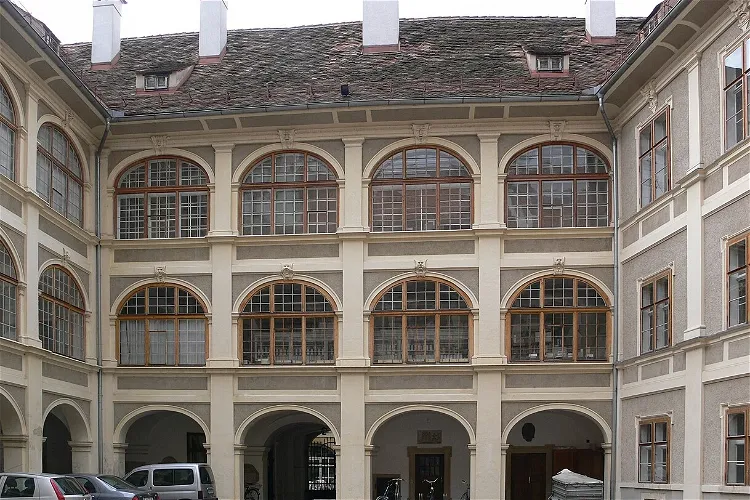
Joanneum Universal Museum
GrazThe Universalmuseum Joanneum, located in the Austrian state of Styria, holds the distinction of being the oldest, largest, and most versatile museum in Austria, second only to the Kunsthistorisches Museum Wien. This museum offers a wide range of exhibits and collections, making it a significant cultural and historical site in Austria.
Museum Lauriacum
EnnsThe Museum Lauriacum is situated in the city of Enns, within the district of Linz-Land in Upper Austria. This location makes it easily accessible for tourists visiting the region, offering a unique opportunity to delve into the rich history of the area.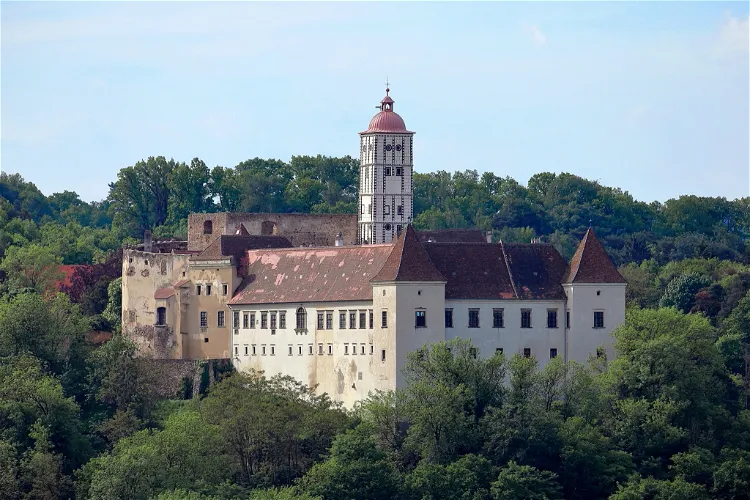
Schallaburg Castle
SchollachThe Schallaburg Castle is a unique blend of architectural styles. It combines elements of a Romanesque residential castle and a Gothic chapel, all patterned in the Italian Renaissance style. This mix of styles gives the castle a distinctive and appealing aesthetic that is sure to captivate visitors.
Burg Bruck
LienzSchloss Bruck served as the residence of the Counts of Görz from around 1278 to 1500, adding a rich historical context to the castle. One of the key features of the castle is its chapel, adorned with frescoes by Simon von Taisten. These frescoes are a significant attraction for art and history enthusiasts visiting the castle.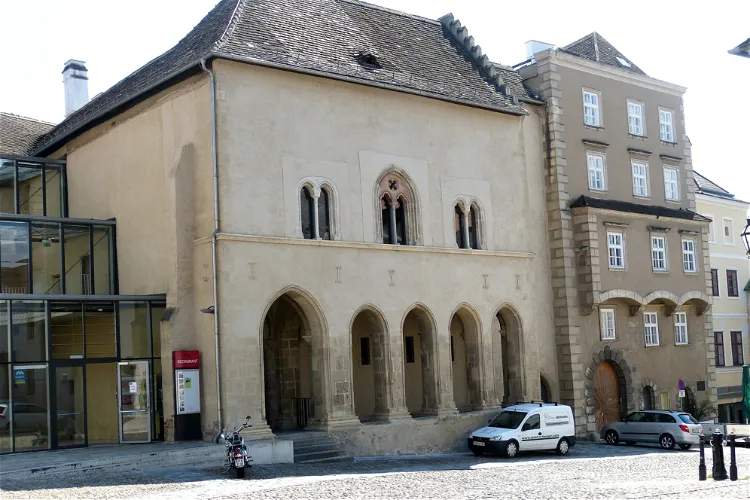
Gozzoburg Castle
Krems an der DonauGozzoburg is a high medieval city castle located in Krems an der Donau, Lower Austria. This historical site offers a glimpse into the past, showcasing architecture from the high middle ages. The castle's unique structure and historical significance make it a notable destination for those interested in history and architecture.
Schwaz Silver Mine
SchwazThe Schwaz Silver Mine, located in Schwaz, Tyrol, is a visitor mine that offers a unique opportunity to explore the history and workings of a silver mine. The mine, which was one of the largest and most productive in the region during the late Middle Ages, provides a fascinating insight into the harsh conditions faced by miners and the techniques they used to extract silver and other minerals.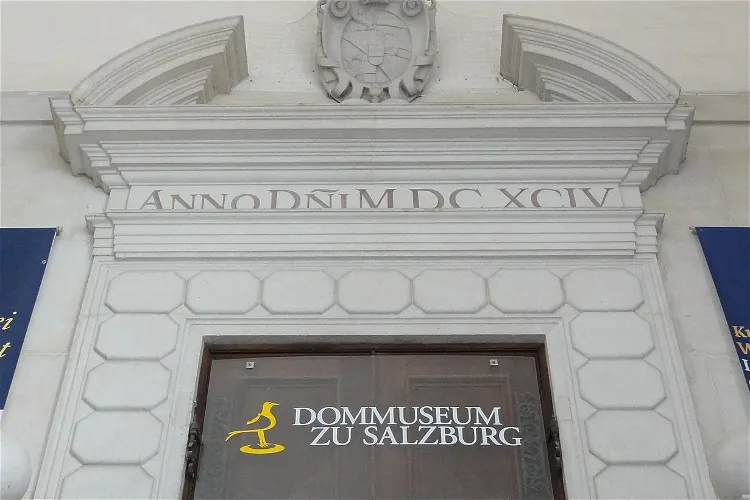
Cathedral Museum
SalzburgThe Salzburg Cathedral Museum, located in the South Oratory of the Salzburg Cathedral, serves a dual role as the Diocesan Museum. This unique location within the cathedral itself offers visitors a chance to explore the rich history and religious significance of the region.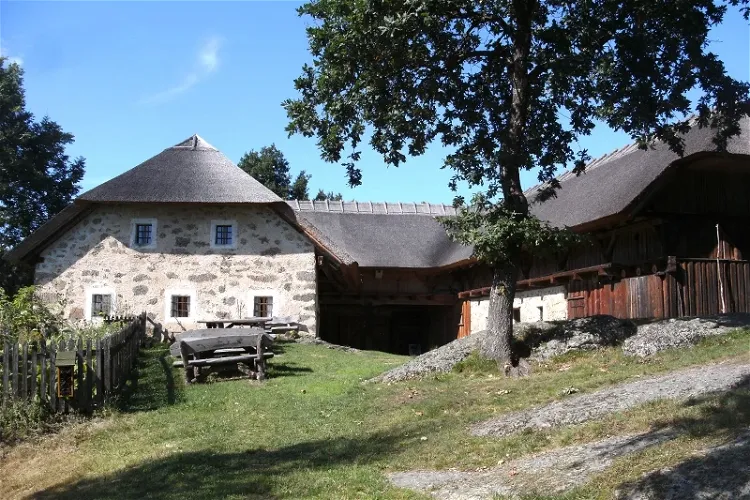
Großdöllnerhof
RechbergGroßdöllnerhof is a historical site that dates back 400 years. It is located in the Mühlviertel Nature Park in the municipality of Rechberg. Today, it serves as an open-air museum, offering visitors a glimpse into the past. The farmstead is a protected monument, showcasing the typical Mühlviertel technique of stone-bare wall construction. This technique involves the use of uncut granite blocks and whitewashed mortar zones to structure the exterior walls.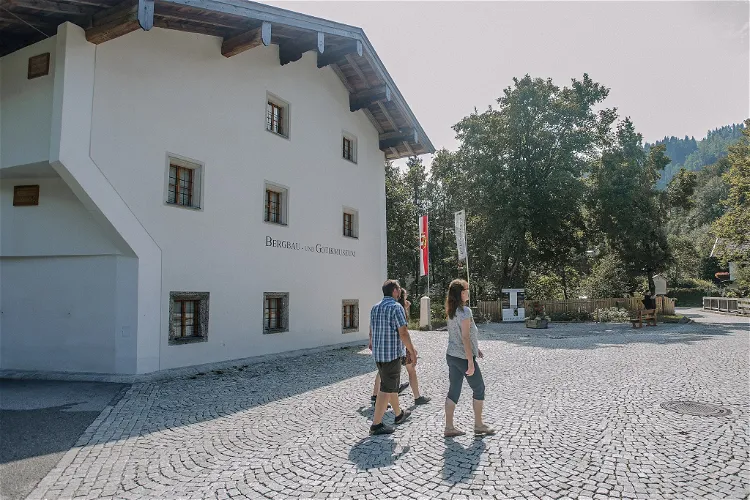
Mining and Gothic Museum Leogang
BergThe Museum of Mining and Gothic Art Leogang, established in 1992, is situated in the scenic locale of Hütten, Leogang, in the Zell am See District of the Austrian Province of Salzburg. This museum is a tribute to the region's 3000-year-old mining tradition and serves as a testament to the rich cultural and historical heritage of the area.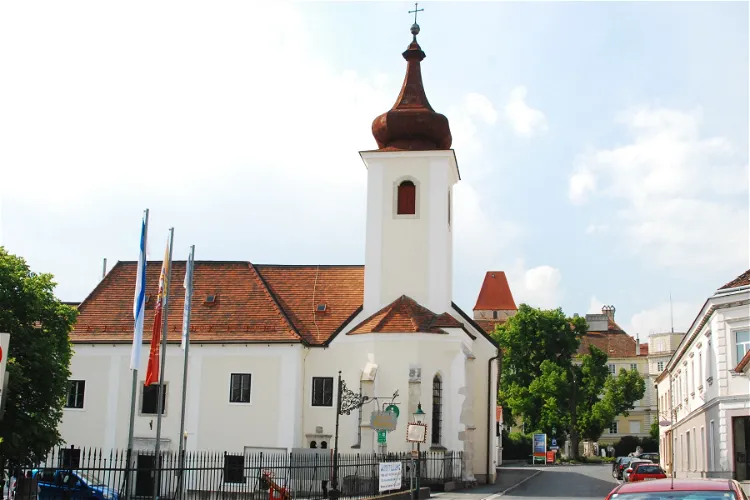
Höbarth Museum
HornThe Höbarth Museum, located in the city of Horn, is named after the local researcher Josef Höbarth. This museum is a significant part of the city's cultural and historical landscape, offering visitors a glimpse into the rich history and heritage of the region.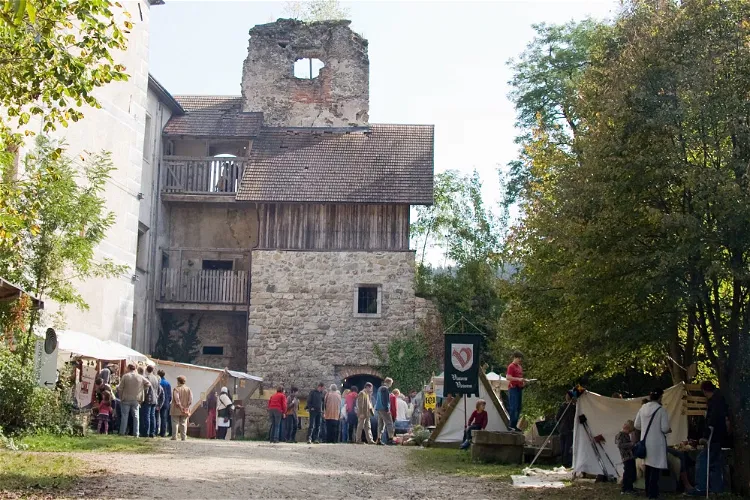
Upper Austrian Castle Museum Reichenstein
TragweinReichenstein Castle, located in the town of Reichenstein in the municipality of Tragwein in the district of Freistadt in Upper Austria, is a semi-ruin of a castle that was converted into a chateau. The castle is situated on a narrow, steeply sloping rock ridge above a river loop of the Waldaist. The castle offers a unique blend of historical architecture and natural beauty, making it a fascinating destination for tourists.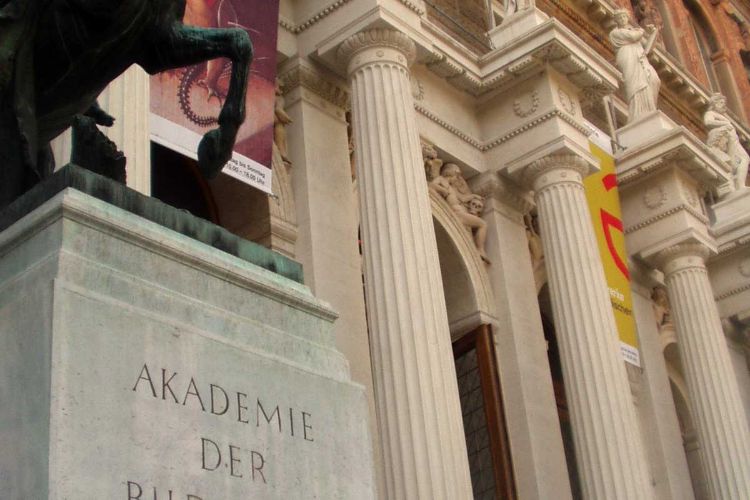
Gemäldegalerie der Akademie der bildenden Künste
ViennaThe Gemäldegalerie der Akademie der bildenden Künste is an art museum in Vienna. It features a painting gallery that includes around 1600 paintings from early Italian panel painting of the 14th and 15th centuries to painting from the Academy from the 18th and early 19th centuries. They include The L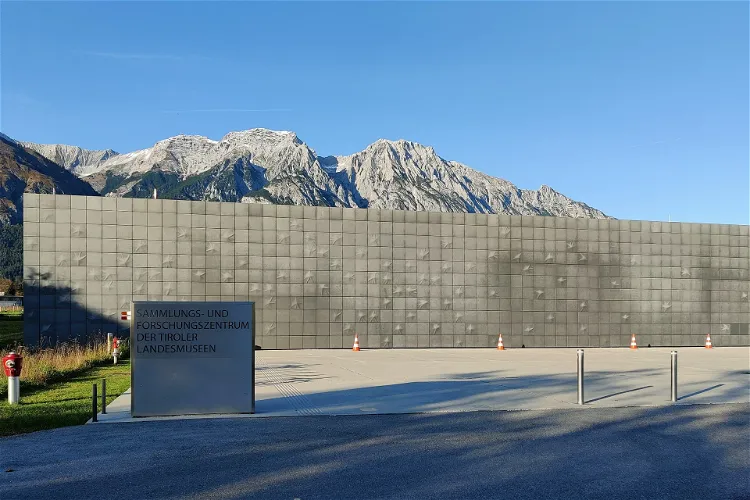
Tyrolean State Museum
Hall in TirolThe Tyrolean State Museum, also known as Il Ferdinandeum, is a significant cultural institution located in the city of Innsbruck. The museum was named after Duke Ferdinand II of Austria, reflecting the rich historical ties of the region. It offers visitors a chance to delve into the history and culture of Tyrol, making it a worthwhile destination for those interested in understanding the region's past.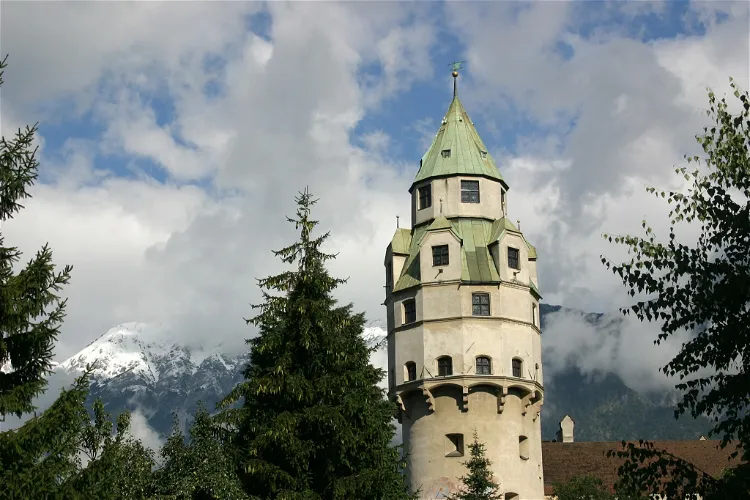
Hasegg Castle
Hall in TirolHasegg Castle, also known as Burg Hasegg, is a historical site located in Hall in Tirol, Austria. The castle, which dates back to around 1300, was originally a defensive structure built to protect the local salt mines, river shipbuilding industry, and a key road crossing. Today, it stands as a testament to the region's rich history and offers visitors a unique glimpse into the past.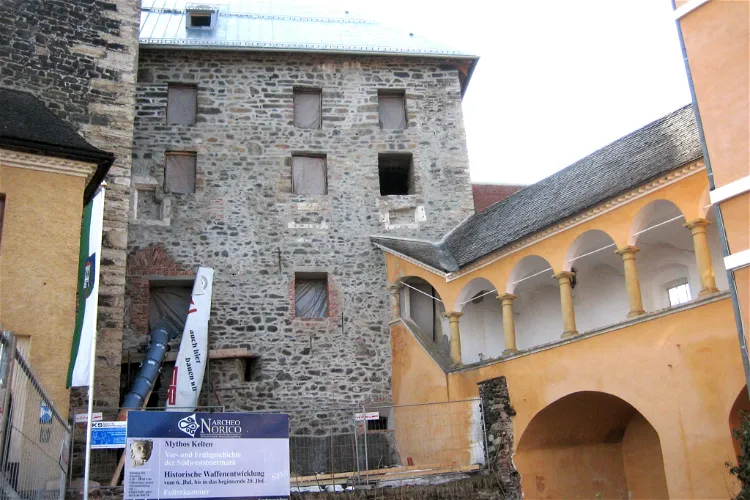
Archeo Norico Castle Museum
DeutschlandsbergBurg Deutschlandsberg, located in Styria, Austria, is a historical site that offers a glimpse into the country's past. The castle stands at an elevation of 398 meters, providing a panoramic view of the surrounding landscape. Its strategic location and architectural design are a testament to the defensive structures of the medieval period.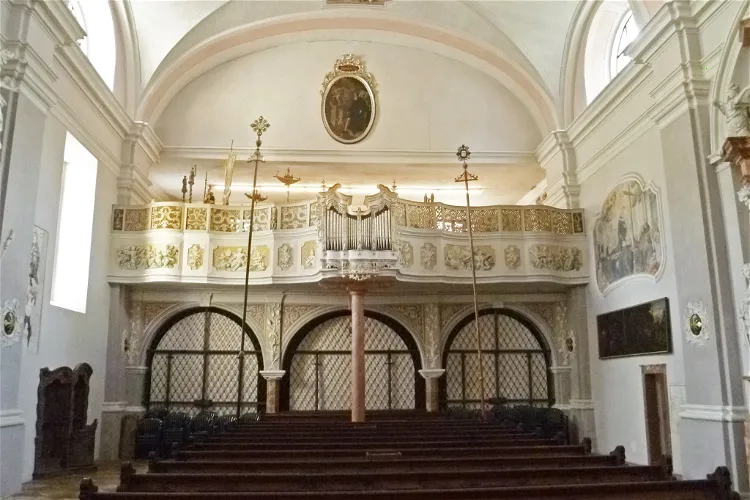
Augustine Museum Rattenberg
RattenbergThe Augustine Museum Rattenberg is a significant cultural institution situated in Rattenberg, Tyrol. This Austrian museum offers a unique opportunity to explore the rich history and artistic heritage of the region.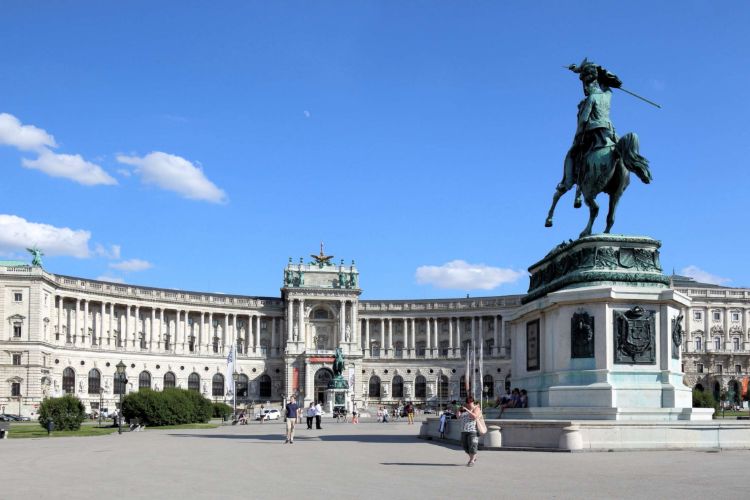
Imperial Armoury
ViennaThe Hofjagd- und Rüstkammer is the Imperial Armoury in Vienna that illustrates many centuries of European history through its collection of decorated harnesses, saddles and firearms. A highlight in the museum is the golden sword of Maximilian II (1527-1576), one of the most beautiful weapons in the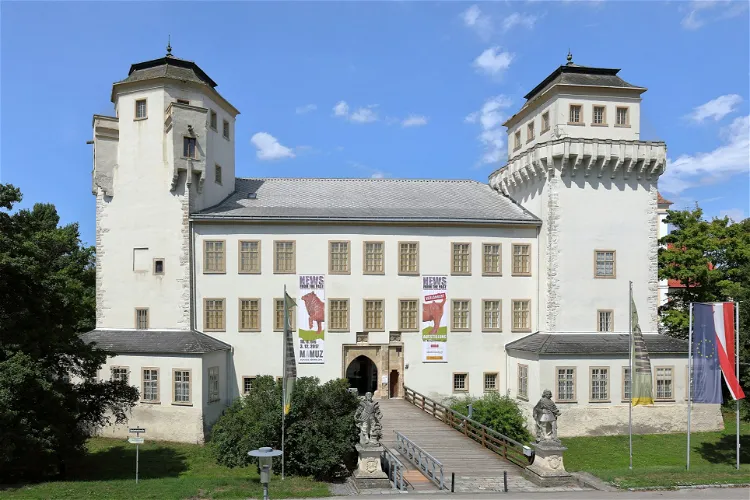
MAMUZ Castle Asparn / Zaya
Asparn an der ZayaSchloss Asparn, situated in the market town of Asparn an der Zaya in the Weinviertel region of Lower Austria, has been home to the Museum of Prehistory since 1970. In 2014, it also became the location for the Museum of Early History and Medieval Archaeology. These museums offer a unique opportunity for visitors to delve into the past and explore the early history of human civilization.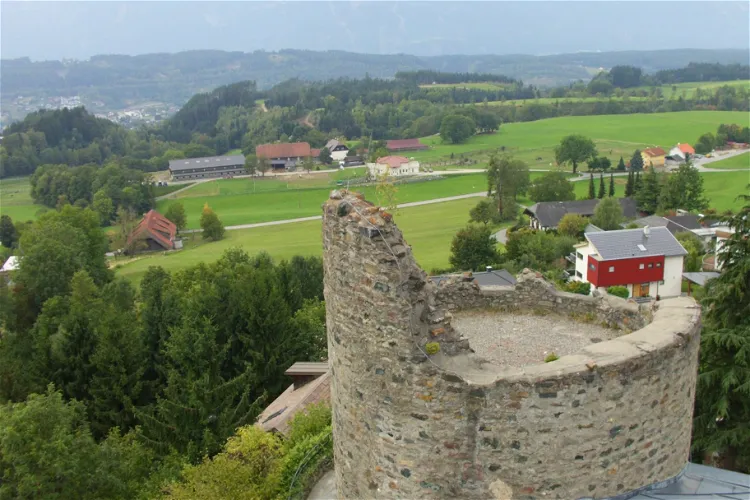
Burg Sommeregg
Seeboden am Millstätter SeeSommeregg is a medieval castle located near Seeboden in the Austrian state of Carinthia. The castle is nestled in the foothills of the Nock Mountains and stands at an altitude of 749 meters. This location offers visitors a unique opportunity to explore a historical site while also enjoying the natural beauty of the surrounding landscape.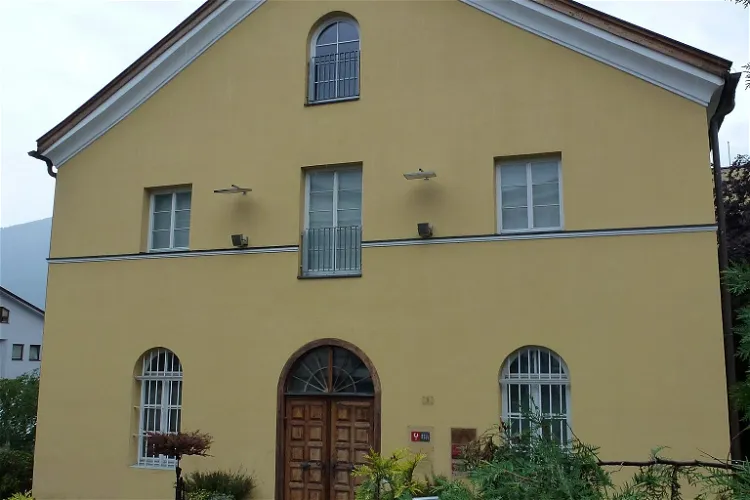
Ballhaus Museum
ImstThe Museum im Ballhaus (MiB), located in the city of Imst, serves as a city museum. It is dedicated to documenting the history and culture of the city. This museum provides a comprehensive overview of the city's past, making it an ideal destination for those interested in learning more about Imst's rich history and cultural heritage.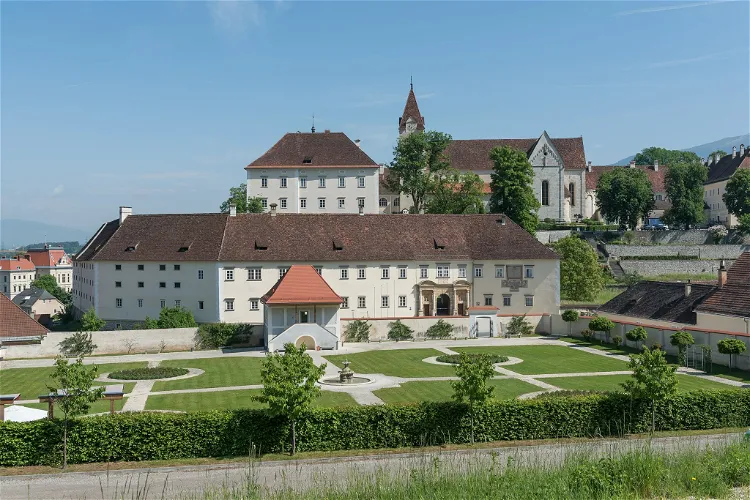
Saint Paul's Abbey, Lavanttal
Sankt Paul im LavanttalSaint Paul's Abbey in Lavanttal is a historical Benedictine monastery that was established in 1091. It is located near the market town of Sankt Paul im Lavanttal in the Austrian state of Carinthia. This ancient monastery offers a glimpse into the rich history and religious traditions of the region.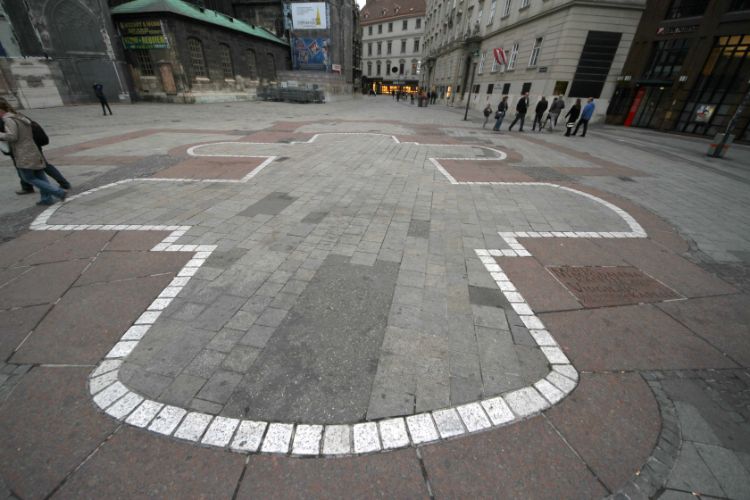
Vergilius Chapel Museum
ViennaThe Vergilius Chapel (Virgilkapelle) is an underground crypt that is located next to the Stephansdom in Vienna. The chapel is rectangular in form with six niches and lies around 12 meters beneath the ground. A small exhibition gives a historical outline of medieval Vienna. It is possible to look int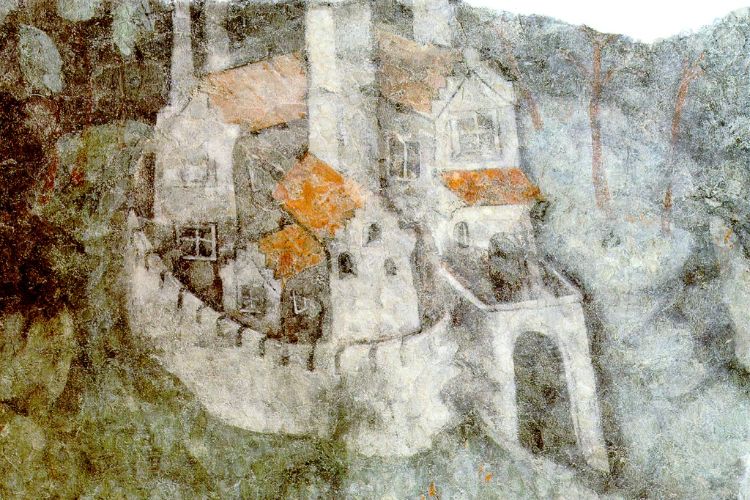
Neidhart Frescoes
ViennaThe Neidhart Frescoes (Neidhart Fresken) is the oldest secular mural paintings in Vienna. It was commissioned by the merchant Michael Menschein and show scenes from the life and work of the minne singer Neidhart von Reuental (circa 1180 to 1240), illustrating daily life and festive culture of the Mi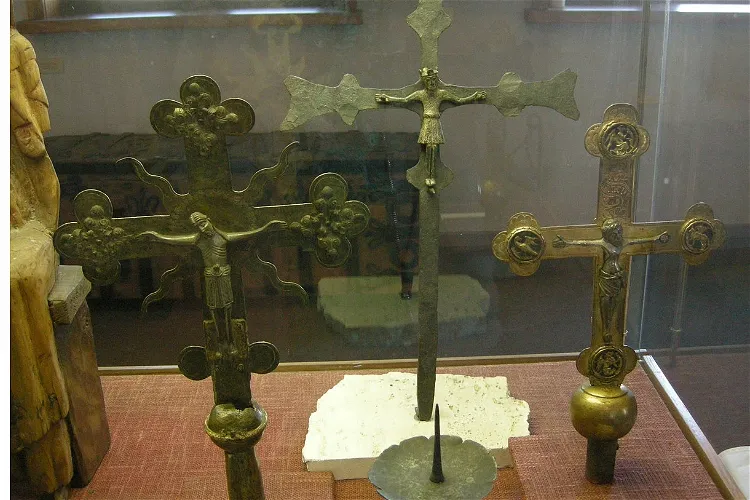
Schatzkammer Gurk
KlagenfurtThe Diocesan Museum (Diözesanmuseum) of Klagenfurt is situated at Lidmanskygasse 10A. This museum is housed in a modern building that is conveniently located next to the cathedral. It provides an easy access for tourists who are visiting the cathedral and want to explore more about the history and culture of the region.
Stiftsmuseum Mattsee
MattseeStift Mattsee, located in Mattsee, Austria, is a collegiate church that has been in existence since around 1045. It holds the distinction of being the oldest existing community of secular priests in Austria. This historical significance adds a unique charm to the place, making it a point of interest for those who appreciate history and architecture.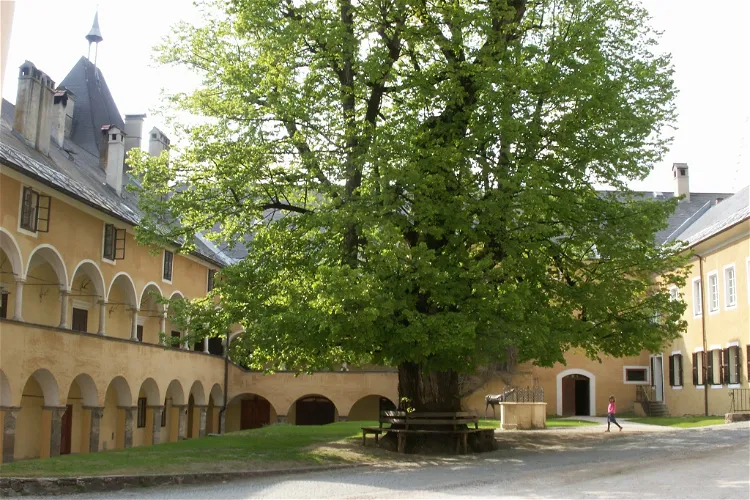
Millstatt Abbey
Millstatt am SeeMillstatt Abbey is situated in the picturesque Austrian municipality of Millstatt am See, nestled within the district of Spittal an der Drau in Carinthia. This location offers visitors a chance to explore the rich history of the region while enjoying the serene beauty of the surrounding landscape.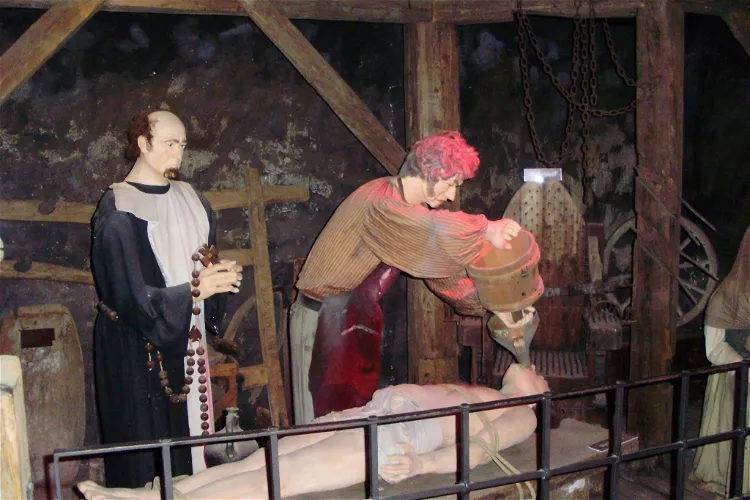
Museum für Rechtsgeschichte
PöggstallThe Museum für mittelalterliche Rechtsgeschichte, also known as the Torture Museum, was a unique institution located in the 6th district of Vienna, Mariahilf. It offered a deep dive into the history of European legal systems, with a particular focus on the torture methods used from the Middle Ages to the early modern period. However, it's important to note that this museum is no longer operational.
Wallfahrtsbasilika Mariapfarr
AlthofenThe Wallfahrtsbasilika Mariapfarr is a significant religious site located in the municipality of Mariapfarr, in the Lungau district of the state of Salzburg. This Roman Catholic parish and pilgrimage church is dedicated to 'Our Beloved Lady' Maria Assumption. The church holds the title of a Basilica minor, a title bestowed by the Pope to churches of historical and spiritual significance. It is also under monument protection, further emphasizing its historical and cultural value.- Online discount!

Ambras Castle
InnsbruckAmbras Castle Innsbruck is one of the main attractions of the state capital of Tyrol. The provincial sovereign, Archduke Ferdinand II (1529 – 1595), son of Emperor Ferdinand I, converted the Castle into a Renaissance palace, which is home to a museum building housing his famous collections. They con 
Museum für mittelalterliche Rechtsgeschichte
ViennaThe Museum für mittelalterliche Rechtsgeschichte (Museum of Medieval Legal History, or Torture Museum) is a museum in Vienna that covers the history of European law with a focus on torture methods from the Middle Ages to the early modern period. The entrance of the museum leads to a bomb shelter fro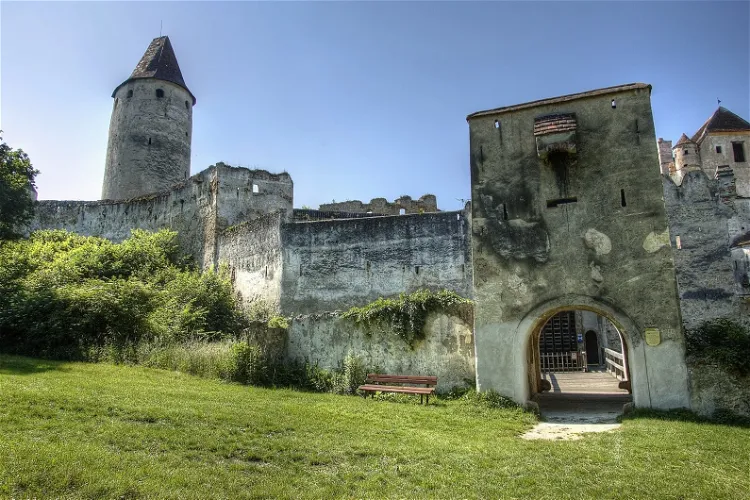
Seebenstein Castle
SeebensteinSeebenstein Castle, situated in Seebenstein, Lower Austria, is a unique structure that comprises two distinct parts. The older section of the castle features a round keep and a ruined palace dating back to the 13th and 14th centuries. The newer part, known as the high castle, was constructed between the 15th and 17th centuries.